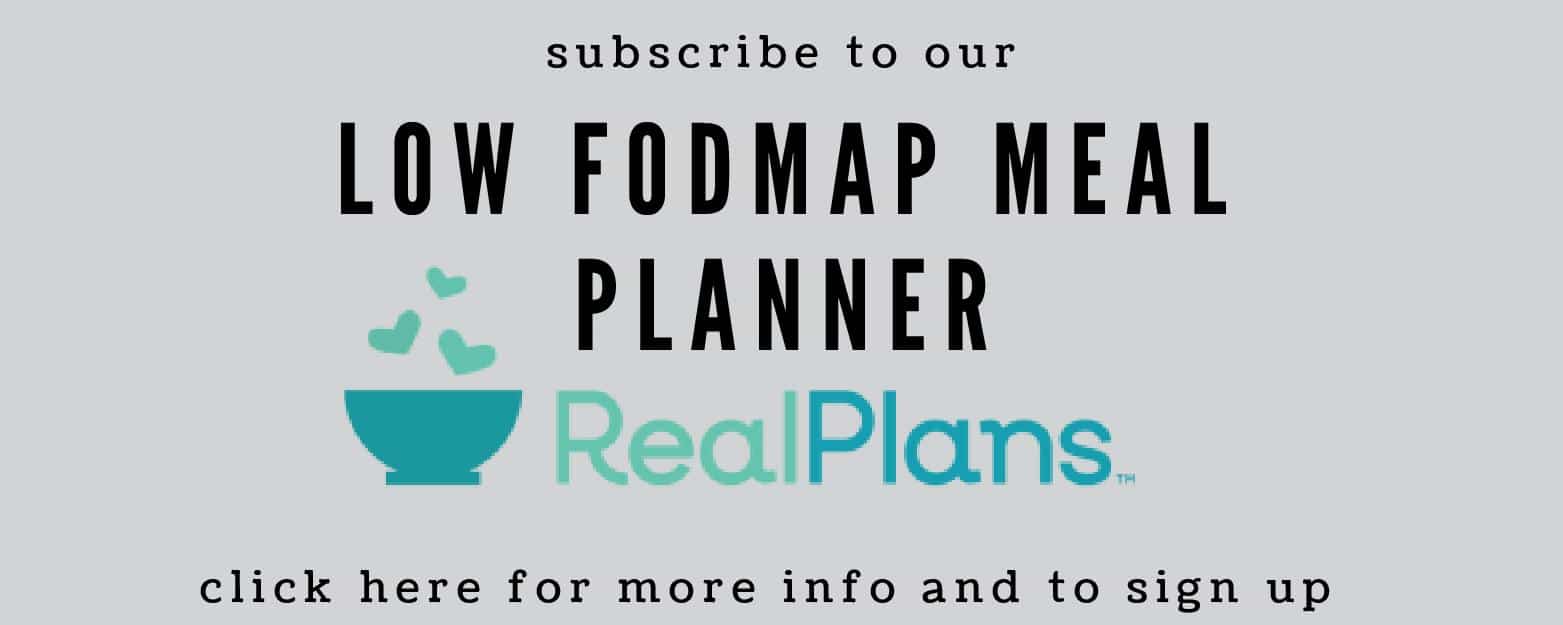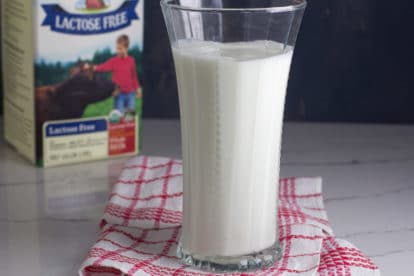Picture flipping through old family photos and cringing at the once-fashionable choices you or your parents made. Whether it was ultra-tight low-rise jeans, towering shoulder pads ready for lift-off, or a perm that still haunts your throwback pictures, fashion has always embraced the bold—and occasionally, the questionable. Trends come and go, but some styles are remembered less for their elegance and more as moments that leave us wondering, “What were we thinking?”
A report by ThredUp and GlobalData revealed that the global market for used clothing, including vintage pieces, soared to $197 billion in 2023—a remarkable 18% increase from the previous year. While some may dismiss certain trends as outdated or tacky, the $2.5 trillion fashion industry proves that today’s faux pas can become tomorrow’s must-haves. Join us as we revisit 13 polarizing fashion trends that people love to hate. Odds are, you’ve embraced at least one of them.
Shoulder pads

The 1980s power pad trend transformed the female silhouette into a striking geometric statement. Shoulder pads, originally invented in 1877 by a Princeton football player for use in American football (Telfer, 2014), found a new home in fashion, reshaping the way women presented themselves. According to research from the University of Leeds, shoulder padding has been a recurring feature throughout fashion history, used to craft a variety of shapes, from sharp and angular to soft and rounded, depending on the era’s aesthetic.
Critics labeled the trend as overly masculine and unnatural, arguing that it distorted women’s natural proportions. Fashion magazines were inundated with complaint letters, dismissing the look as “ridiculous” and “unwearable.” Despite the backlash, the rise of shoulder pads symbolized a deeper societal shift. As women began to occupy more corporate boardrooms, many female executives reported that wearing shoulder pads instilled a sense of authority and confidence during business meetings, making the trend a reflection of their growing influence in professional spaces.
Platform shoes

Platform shoes were an iconic symbol of the ’70s, elevating wearers—sometimes literally—by nearly five inches. Made famous by stars like David Bowie, Elton John, and the members of Kiss, these sky-high shoes became a staple for anyone chasing that bold rockstar aesthetic.
Despite their popularity, critics derided platforms as impractical and unstable, claiming they made walking securely a challenge. Health experts, including the APMA, echo these concerns, warning that platforms and high heels can lead to ball-of-foot pain and ankle injuries. To reduce the risk of injury, they recommend opting for lower, chunkier heels under two inches, especially for those prone to foot or ankle issues.
Mullet hairstyles

The mullet—business in the front, curls in the back—became the defining hairstyle of a generation. By 1987, requests for mullets in hair salons had reached record-breaking levels, fueled by cultural icons like Billy Ray Cyrus and Richard Dean Anderson of MacGyver, who propelled the style to mainstream fame.
However, the mullet quickly became a target of ridicule, often labeled as the epitome of poor taste. Comedy shows dedicated entire segments to mocking the hairstyle, while David Letterman’s infamous “Mullet Top Ten” lists turned the trend into a recurring punchline.
Parachute pants

Parachute pants made their debut on the fashion scene with their shiny, synthetic material and loud swishing sound. Breakers started wearing these big pants that not only provided sturdiness but also left enough room to move around in. The pants were constructed from, quite literally, parachutes. Not long after the trend began, designers took notice of the material and practicality of this particular type of pants, and they had the street cred to match.
Among the more notable fashions of the 1980s, parachute pants were a short-lived trend that epitomized cool for trendy young women and men. The originals, known as “flight pants,” were a commercialized version of the kind worn by airplane pilots and military servicemen, according to WorthPoint. Ripstop nylon was used to make parachute pants, which were commonly featured with zippers and pockets.
Leg warmers

Leg warmers went from ballet studios to mainstream fashion, and were the decade’s most unlikely accessory success story. Jane Fonda popularized leg warmers during the aerobics craze, and millions of women followed her lead, wearing them as part of their exercise and casual attire in her classic 1982 workout video, which sold more than 17 million copies and kick-started the ‘80s aerobics frenzy. It also created a global shortage of purple leg warmers
Critics quirked an eyebrow at the notion of wrapping wool around the legs, calling it impractical, particularly in warmer weather. Fashion purists maintained that leg warmers should remain in the dance studio, not on city streets or in offices.
Bell-bottom jeans

Bell-bottom trousers ballooned out from the knee, in some extreme cases swelling to a 26-inch circumference at the hem. The style originated from U.S. Navy uniforms, which featured wide legs to allow sailors to remove their pants over boots if necessary quickly.
The Jeans style added to the denim business’s earnings in its heyday, suggesting that unusual ideas can be profitable. Bell-bottoms became the uniforms of young people and were perceived as a form of rebellious counterculture against traditional fashion.
Chokers

Chokers took the ’90s by storm, adorning the necks of teens and young adults across the nation. These close-fitting accessories ranged from simple black velvet ribbons to intricate designs featuring plastic and metal, becoming staples in the wardrobes of young fashion enthusiasts. Pop culture icons like Winona Ryder and Drew Barrymore cemented chokers as symbols of countercultural style, making them a defining trend of the era. However, not everyone embraced the craze.
Critics dismissed chokers as cheap trinkets reminiscent of dog collars, while traditional jewelers warned that the trend undermined the industry’s reputation for sophistication, craftsmanship, and elegance.
Crocs

Crocs revolutionized leisurewear with their iconic foam clogs, achieving global sales of over $847 million in 2007 by selling 17.3 million pairs of shoes. Made from the brand’s signature Croslite material and featuring distinctive ventilation holes, Crocs ignited passionate debates over style versus practicality. Public opinion and professional reviews were deeply divided, yet the shoes gained widespread popularity among healthcare professionals and food service workers, thanks to their comfort, durability, and slip-resistant design.
While many appreciated their functionality, fashion critics were far less kind. Crocs were often condemned as the “ugliest shoes ever made,” regularly landing on “worst dressed” lists alongside their wearers. Esteemed fashion designers stopped just short of labeling them an outright affront to style and civility, cementing Crocs’ polarizing status in the world of footwear.
Low-rise jeans

Low-rise jeans sat just a few inches below the natural waistline, with some styles dipping more than six inches beneath the belly button. Retail trends from 2002 to 2006 highlight their dominance, as ultra-low-rise jeans became a cultural phenomenon of the early 2000s.
Popularized by icons like Britney Spears and Paris Hilton, the daring style captured the attention of millions of young women, who eagerly embraced its bold, revealing look.
Popped collars

Pop collars turned polo shirts and button-downs into iconic status symbols, with the trend peaking around 2005. Brands like Lacoste and Ralph Lauren experienced a surge in sales of collared shirts during this era, as the style became synonymous with the preppy aesthetic.
It represented the look of affluent college students, ambitious young professionals, and those often tied to fraternity culture.
Trucker hats

In the 2000s, celebrities like Ashton Kutcher and Justin Timberlake turned the humble trucker hat into a fashion statement. Initially designed for practicality, with a foam front and breathable mesh back, these hats were created to provide shade and airflow for outdoor workers like truckers and farmers.
Once a purely functional accessory, the trucker hat quickly gained iconic status as a trendy must-have.
Baggy jeans

The 1990s saw the rise of an unmistakable trend toward oversized fashion, with baggy pants taking center stage. Many styles featured leg circumferences exceeding 50 inches when laid flat. This fashion movement was heavily influenced by hip-hop culture, with icons like Tupac and The Notorious B.I.G. elevating baggy jeans into symbols of street credibility. By 1999, annual sales of baggy jeans had soared to 180 million pairs.
The loose, belt-free look has roots in prison uniforms, where belts were prohibited for safety reasons, and clothing sizes were standardized, leaving inmates with ill-fitting garments. While widely popular among youth, baggy jeans have faced criticism from fashion analysts, who labeled the style as sloppy and unprofessional, arguing it perpetuates negative stereotypes about urban youth. Some schools even banned loose clothing, citing safety concerns over potential concealed weapons or tripping hazards. Despite the backlash, baggy jeans remain an iconic emblem of ’90s style and cultural expression.
Cargo pants

Designed with several cumbersome pockets for the military and outdoor use, cargo pants caught on with those who preferred practicality over a slick silhouette, and some pairs included up to a dozen pockets.
Fashion critics mercilessly mocked cargo pants as unflattering, masculine, with too many pockets and being too bulky, as well as unfashionable.
Despite being mocked by the fashion industry, cargo pants generated $3.4 billion during their peak popularity, proving that consumers prefer functionality over traditional style guidelines. Cargo pants are all the rage because of their convenience and versatility, allowing you to carry a couple of items without the hassle of bags and backpacks.
Key takeaways

These 13 trends, once ridiculed at their peak, collectively contributed an estimated $30 billion to the global fashion industry. Critics often underestimate the power of consumer demand for self-expression, comfort, and rebellion against mainstream styles.
That’s the nature of fashion—trends never truly vanish. Over time, they gain renewed respect, often becoming more coveted and expensive. Understanding this cycle reminds us that today’s fashion faux pas could very well be tomorrow’s celebrated style.
Disclaimer – This list is solely the author’s opinion based on research and publicly available information. It is not intended to be professional advice.
16 Grocery Staples to Stock Up On Before Prices Spike Again

16 Grocery Staples to Stock Up On Before Prices Spike Again
I was in the grocery store the other day, and it hit me—I’m buying the exact same things I always do, but my bill just keeps getting higher. Like, I swear I just blinked, and suddenly eggs are a luxury item. What’s going on?
Inflation, supply-chain delays, and erratic weather conditions have modestly (or, let’s face it, dramatically) pushed the prices of staples ever higher. The USDA reports that food prices climbed an additional 2.9% year over year in May 2025—and that’s after the inflation storm of 2022–2023.
So, if you’ve got room in a pantry, freezer, or even a couple of extra shelves, now might be a good moment to stock up on these staple groceries—before the prices rise later.
6 Gas Station Chains With Food So Good It’s Worth Driving Out Of Your Way For

6 Gas Station Chains With Food So Good It’s Worth Driving Out Of Your Way For
We scoured the Internet to see what people had to say about gas station food. If you think the only things available are wrinkled hot dogs of indeterminate age and day-glow slushies, we’ve got great, tasty news for you. Whether it ends up being part of a regular routine or your only resource on a long car trip, we have the food info you need.
Let’s look at 6 gas stations that folks can’t get enough of and see what they have for you to eat.




